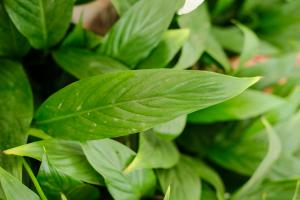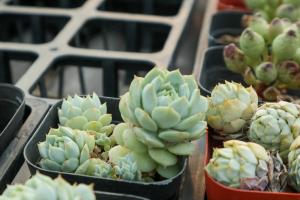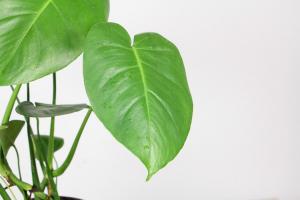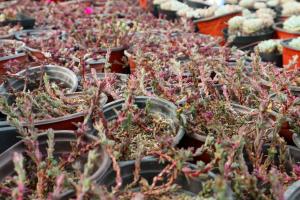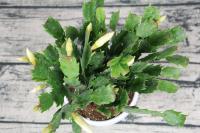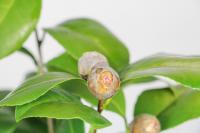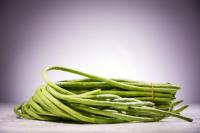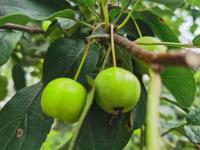Powdery mildew
Powdery mildew can be said to be the disease that rose lovers are most afraid of, which not only affects the beauty of roses, but also hinders the normal growth of roses
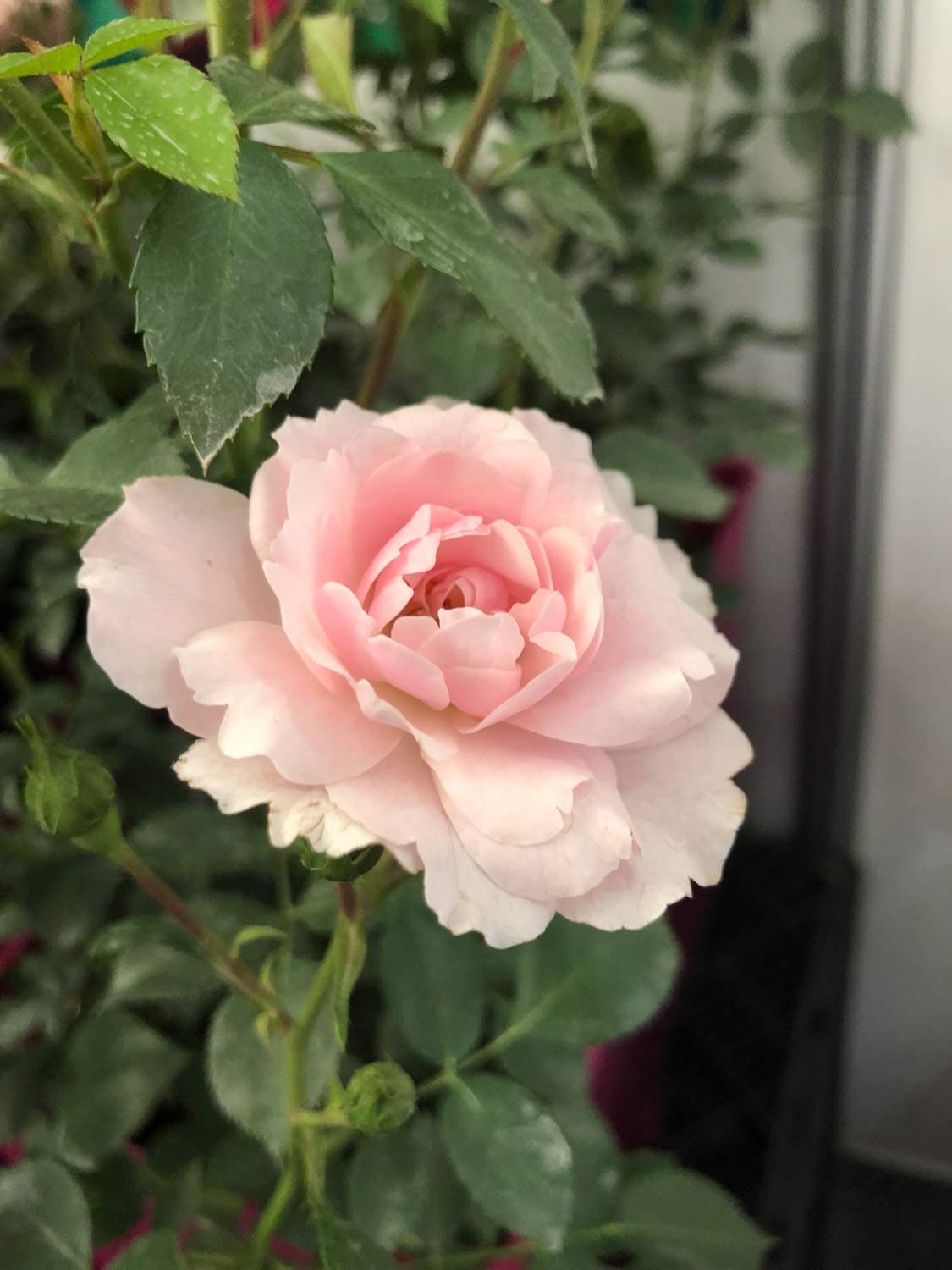
Powdery mildew manifestations
At the initial stage, there are a few fine white particles in the leaves, and then the white particles gradually gather into a layer of white powder. In serious cases, the whole leaf, branch and bud are covered with white powder
Preventive measures
Powdery mildew mainly occurs in spring and autumn. Dryness and poor ventilation will cause powdery mildew. Therefore, when planting roses, do not be too dense. If you are exposed to the direct sun outdoors, you should often spray water around the plants to maintain humidity
Treatment method
Prepare the powder rust gram and water in the ratio of 1:1500, spray the whole plant, and add a small amount of chlorothalonil to the solution for auxiliary prevention
Black spot
Rose has almost no resistance to black spot. Almost all roses will get black spot. It is simply the "number one scourge"
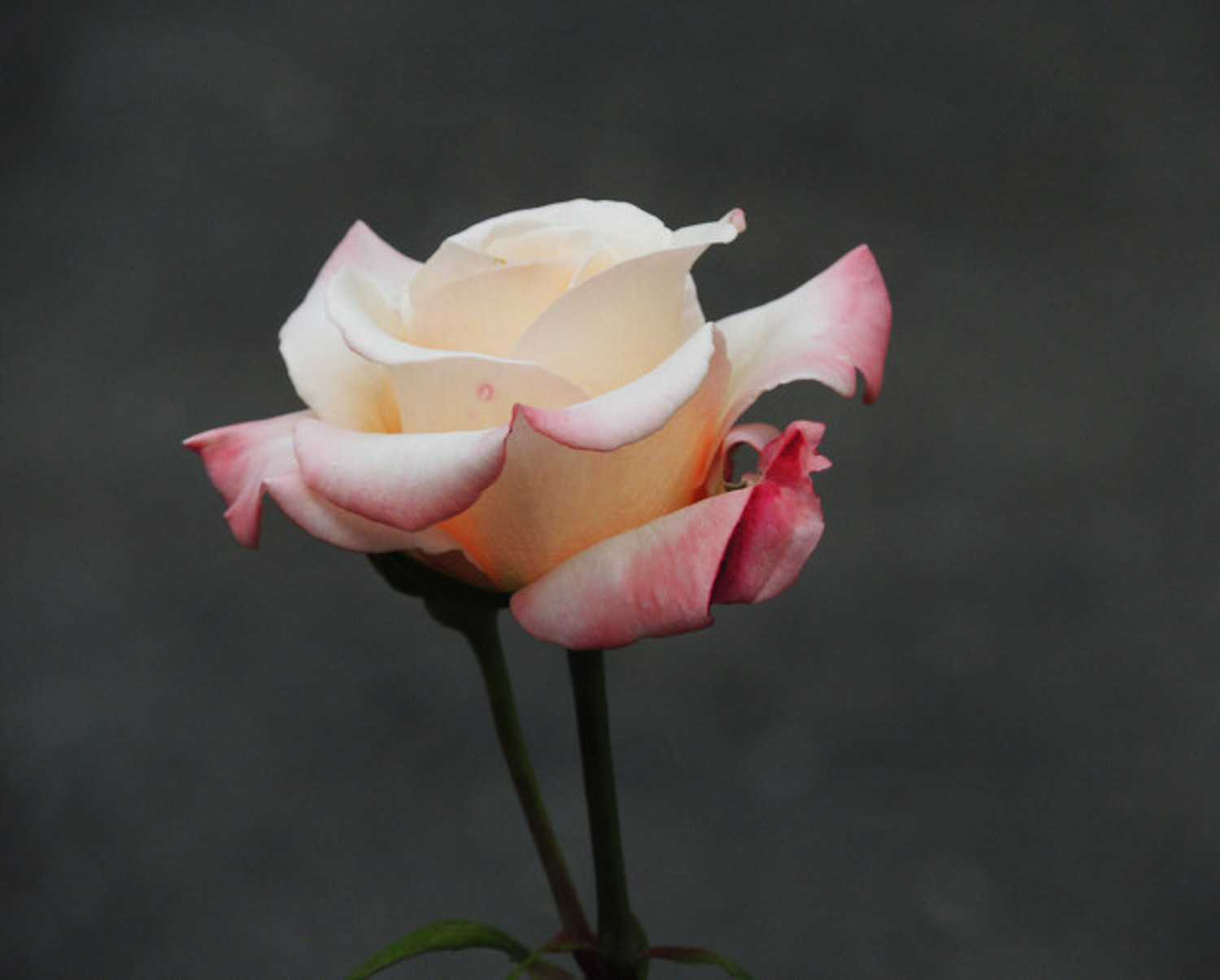
Black spot manifestation
At first, it is a small brown spot, which gradually develops into a large dark brown spot. In serious cases, it will lead to yellow leaves, falling off and even bald branches
Preventive measures
Black spot is mainly caused by high temperature and rainy weather, so it should be prevented in rainy season. Immediately spray bactericide after rain and remove diseased leaves in time to prevent proliferation
Treatment method
1. Spraying
Mix 10ml amiodate with 15 liters of water, spray evenly, and spray on the opposite side of the leaf and the diseased part of the stem
2. Watering
After the onset of rose, pay special attention to watering. It is best to irrigate the soil along the edge of the basin to avoid water on the leaves as far as possible. Keep the rose well ventilated and can be properly trimmed to maintain light transmittance
Root nodule disease
Ground grown roses are particularly prone to root nodule disease. The probability of grafting roses is much higher than cutting roses, and root nodule disease is very easy to infect
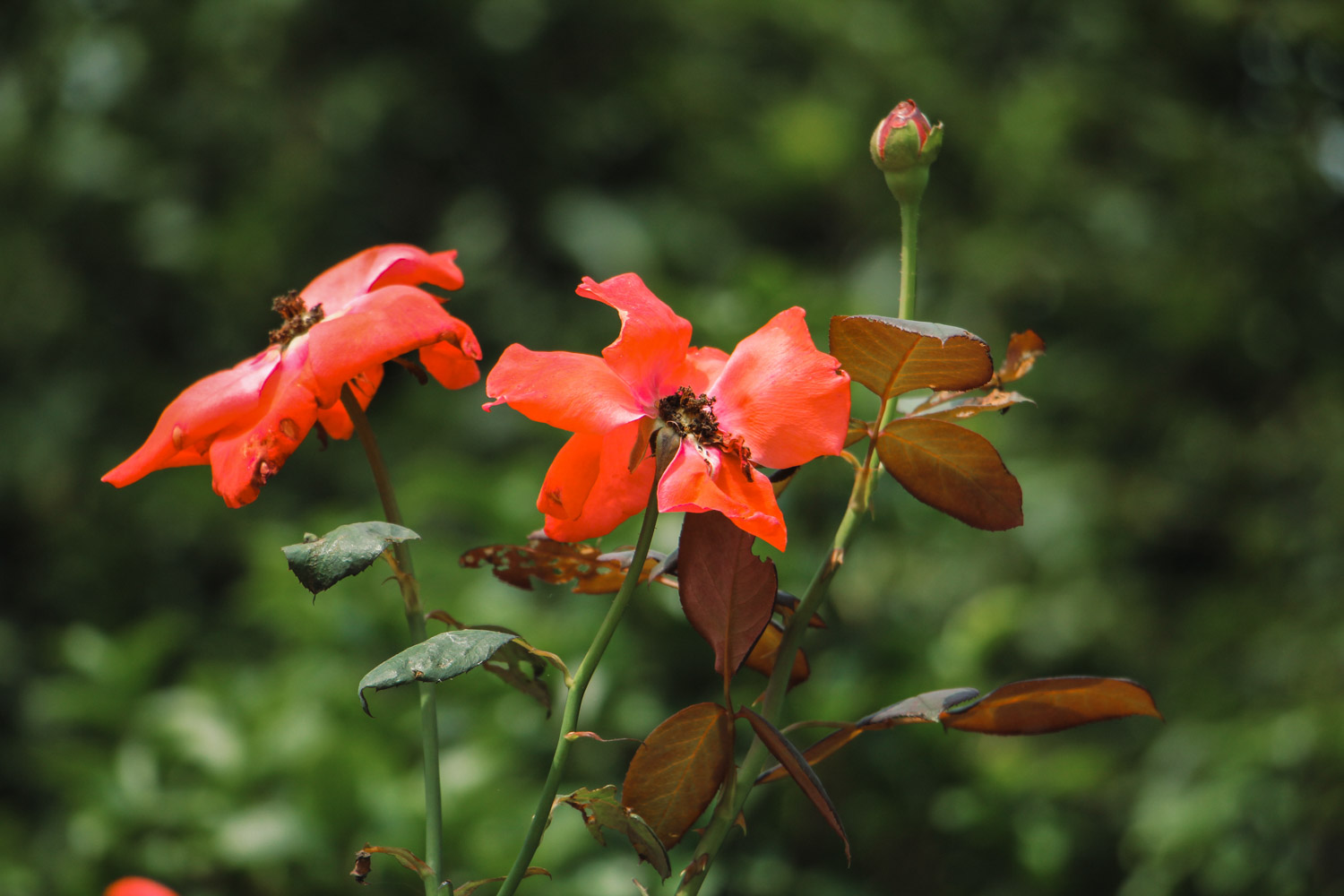
Precautions:
Before planting roses, dip the roots with K84 mixed with water three times, which will help to inhibit the occurrence of rhizobia
Treatment method:
If the degree of root nodule is not serious, the tumor can be cut off with a sterilized knife, cut to the wooden part, and then smear the wound with potassium permanganate. If it is too serious, it is best to abandon the plant and disinfect the soil
Starscream
Red spider should be the most troublesome pest for flower friends of roses. Not only roses, red spider is also a pest that most flowers are easy to recruit
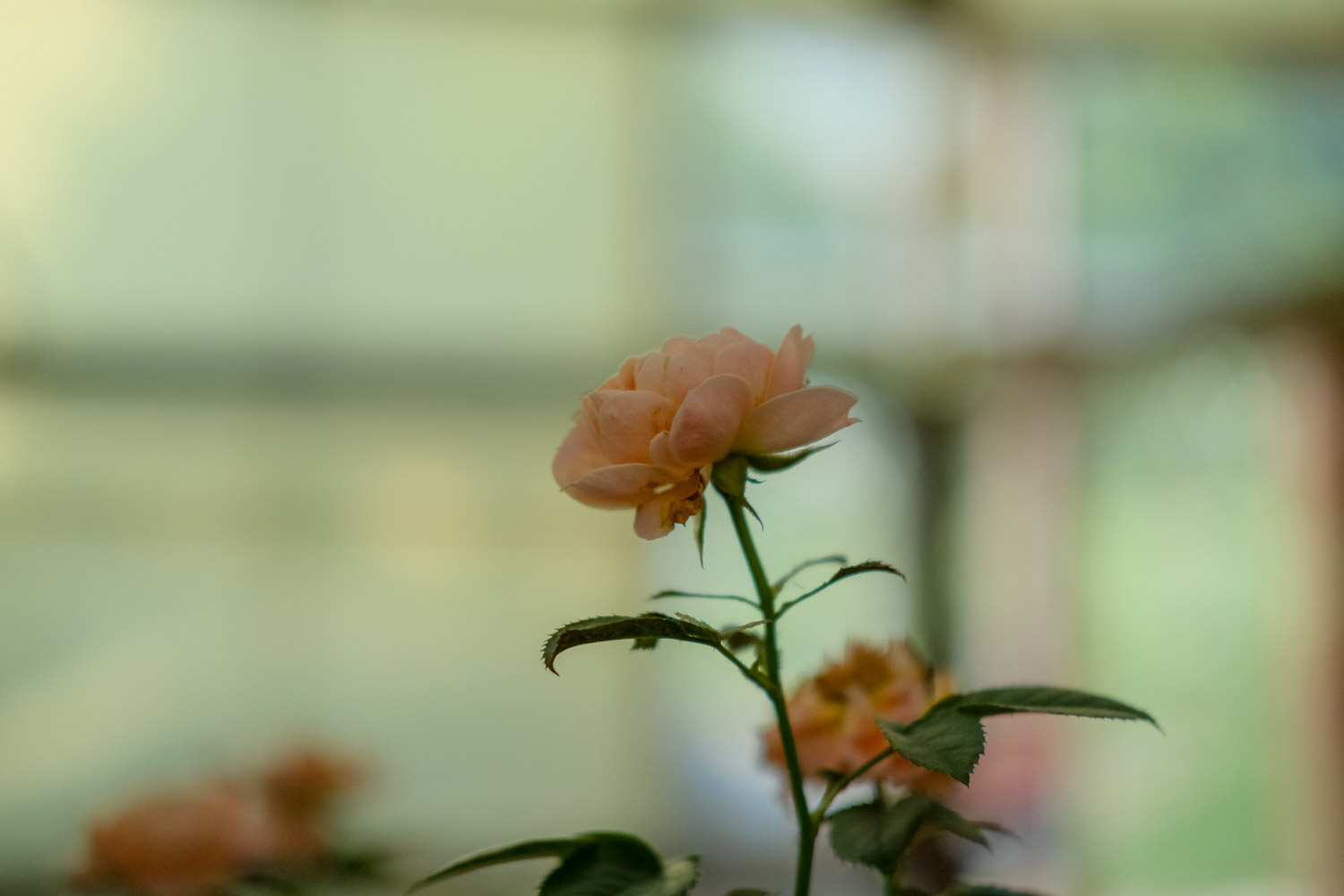
Starscream hazard
The environment of red spider flooding is mainly high temperature, dry and poor ventilation. Starscream will cause yellow patches on the leaves, and the leaves will wither until they fall off
Starscream solution
Spray avermectin with water once every three days for three consecutive times. Note that the reverse side of the leaf should also be sprayed. In severe cases, it can be sprayed once every two days
Aphid
Aphids should also be familiar to flower friends. They suffer from aphids every spring
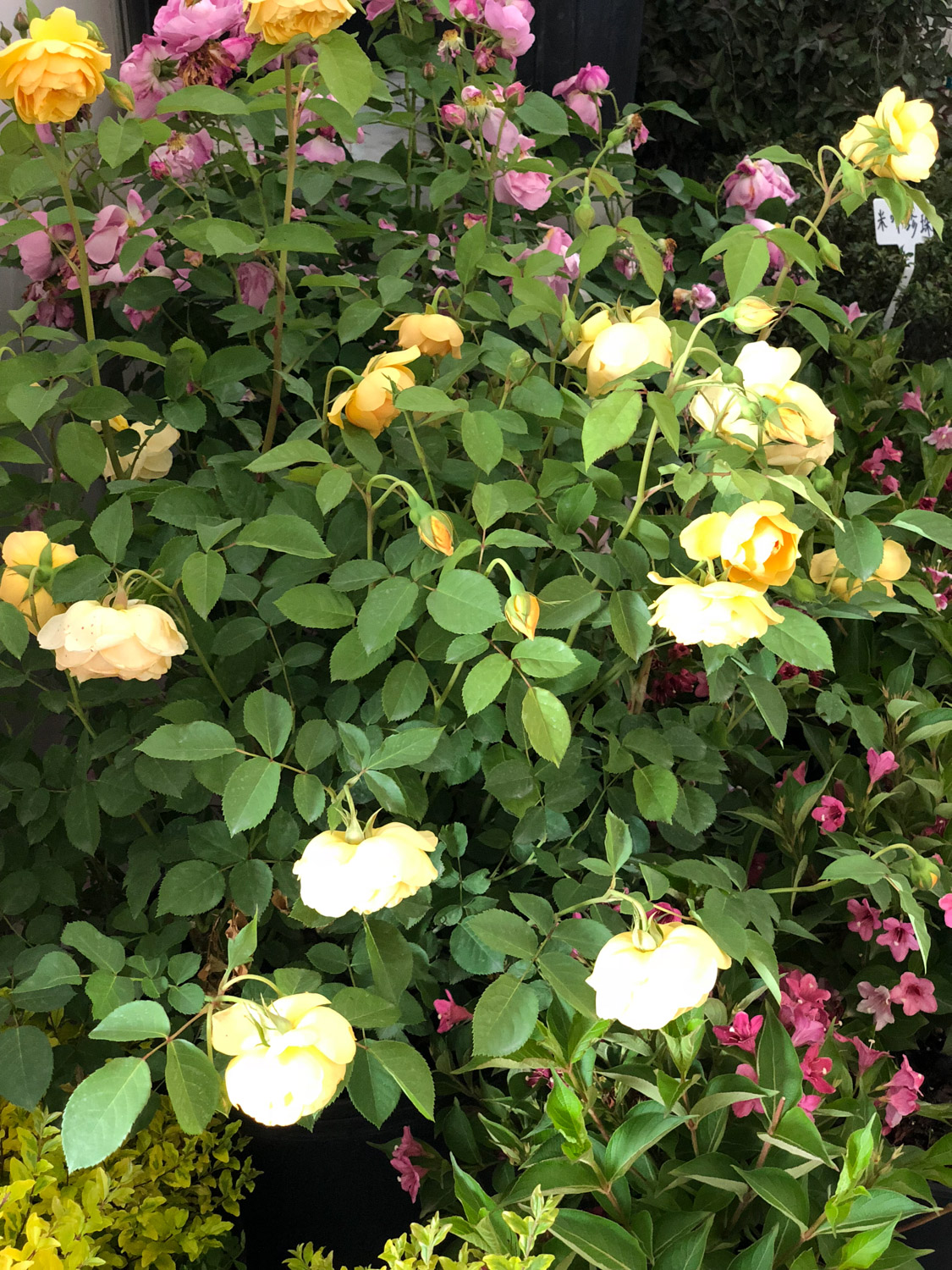
Aphid damage
Aphids often occur in the dry and rainy early spring season, which will lead to the abnormal development of rose leaves and flower buds, absorb the juice of rose, slow the growth of rose, and even cause other diseases
Aphid solution
Aphids can be directly crushed to death by hand in a short time. If there is a large outbreak, they can be sprayed with ant forest
Has your rose ever suffered from these diseases
What exclusive solution do you have
Welcome to share~

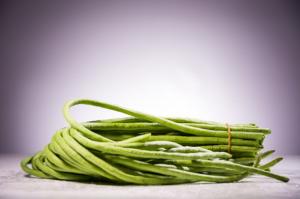 How does okra leaf h...
How does okra leaf h...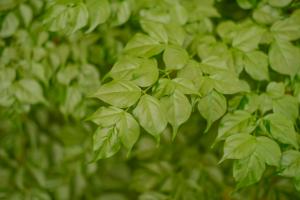 How to treat happy l...
How to treat happy l...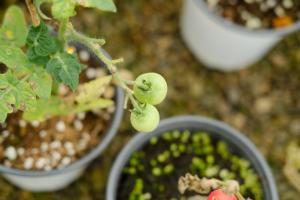 How is tomato Fusari...
How is tomato Fusari... How is Strawberry Po...
How is Strawberry Po... How does Calla becom...
How does Calla becom... How to roll the leav...
How to roll the leav... Pest control of Phyl...
Pest control of Phyl...